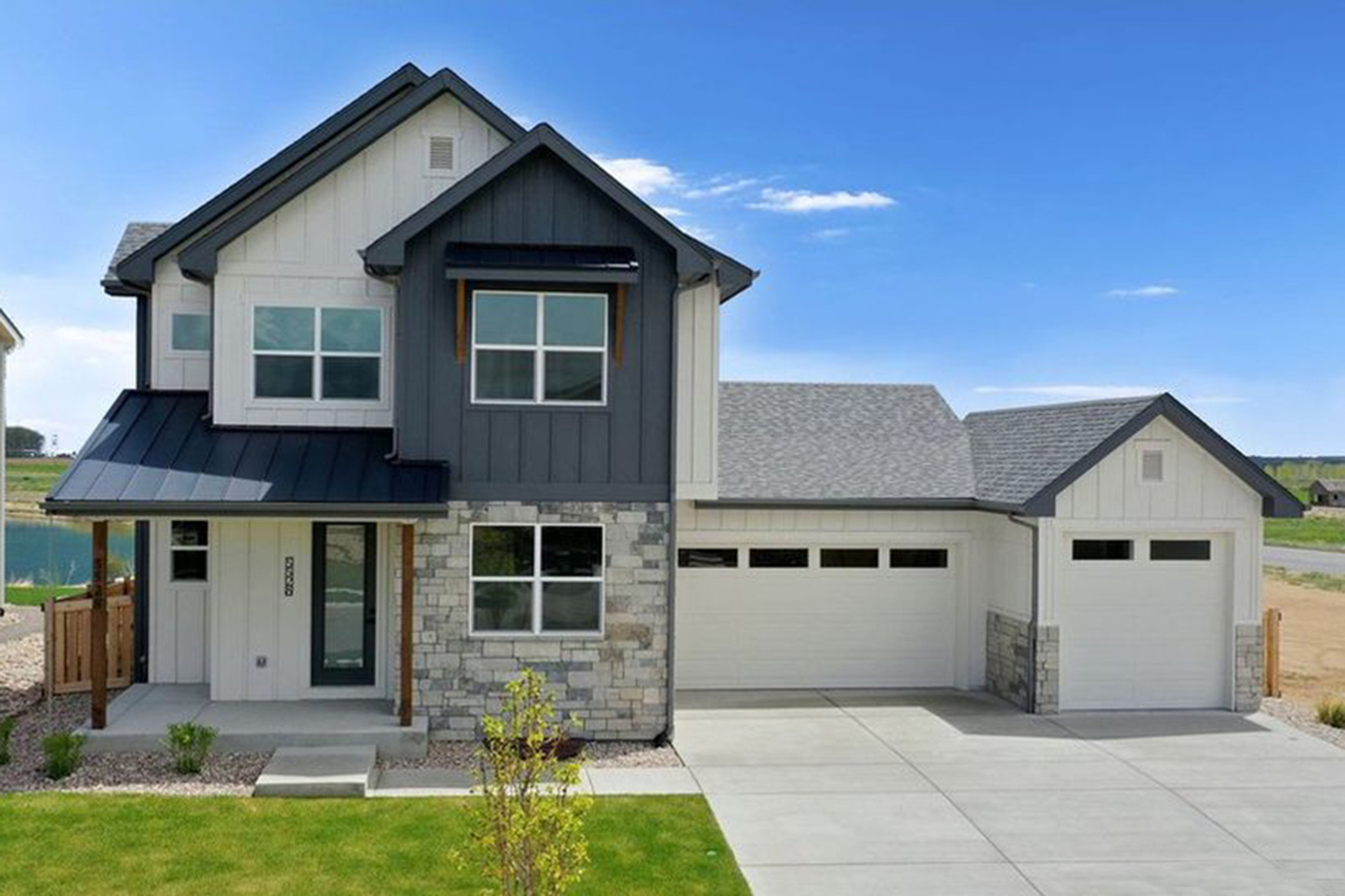Congratulations on your decision to purchase a set of house plans! Building your own home is an exciting and rewarding experience. However, there are several important steps you'll need to take after buying your house plans to ensure a smooth and successful construction process. The House Plan Company has put together this guide covering additional steps that most projects have to go through after the plan selection is done.
Step 1: Find a Builder
Choosing the right builder is one of the most crucial decisions you'll make in the home-building process. Your builder will be responsible for bringing your dream home to life, and you want to make sure you choose someone who is up to the task.
When selecting a builder, it's essential to do your research. Start by asking for recommendations from friends, family, and colleagues who have built their own homes. You can also search for builders online or check with local home builders' associations.
Once you have a list of potential builders, you'll want to narrow it down to a few top contenders. To do this, you should consider several factors, including:
- Experience: Look for builders who have experience building homes that are similar in size, style, and complexity to the one you want to build.
- Reputation: Check online reviews and testimonials from previous clients to get a sense of the builder's reputation.
- License and insurance: Verify that the builder is licensed to work in your state and has the necessary insurance to protect against accidents and liability.
- Communication skills: You'll be working closely with your builder throughout the construction process, so it's important to choose someone who communicates effectively and responds promptly to your questions and concerns.
Once you've narrowed down your list of potential builders, it's time to interview them. Meet with each builder in person to discuss your project and get a sense of their communication style, experience, and approach to construction. Be sure to ask for references and visit homes they've built in the past to see the quality of their work firsthand.
Step 2: Site Review
After you've selected your builder, the next step is to review your building site. A site review involves analyzing the location, topography, and features of your lot to determine the best placement for your new home.
You'll want to consider several factors during your site review, including:
- Orientation: Consider the direction your home will face and how that will impact natural light and energy efficiency.
- Topography: Evaluate the slope and grade of your lot to determine the best location for your home's foundation and access to utilities.
- Access to utilities: Consider the location of water, gas, and electricity lines, as well as sewer or septic systems, and plan accordingly.
- Zoning regulations: Review local zoning laws to ensure that your home complies with setback requirements and other regulations.
- Environmental concerns: If your site contains wetlands, protected habitats, or other sensitive areas, you'll need to work with a specialist to ensure your home's impact is minimized.
Working with your builder, a land surveyor or civil engineer will create a detailed site plan that shows the location of your home on the lot, as well as any driveways, septic systems, wells, or other site features.
Step 3: Engineering
Once you've completed your site review, you'll need to engage an engineer to review your house plans and ensure they meet all relevant building codes and standards. Your engineer will also design any necessary structural elements such as footings, foundation walls, and beams.
During the engineering phase, you'll also need to select your HVAC, plumbing, and electrical systems. These systems must be designed to meet local building codes and to work seamlessly with your house plans. Your engineer will help you select the right systems for your needs and budget.
Step 4: Permitting
Once your site review and engineering are complete, you'll need to obtain the necessary permits to begin construction. The exact permits you'll need will depend on your location, but typically, you'll need a building permit, a plumbing permit, and an electrical permit. Depending on your location, you may also need permits for septic systems, wells, and other site features.
Obtaining permits can be a complex and time-consuming process, and it's important to get it right. Your engineer and builder can help guide you through the permitting process and ensure you have all the necessary permits before you begin construction.
Step 5: Construction
With your builder selected and your contracts signed, it's time to begin construction. Your builder will begin by preparing the site and laying the foundation. They'll then work through each phase of construction, from framing to electrical and plumbing installation, to finishing work such as painting and flooring.
Throughout the construction process, it's important to maintain open lines of communication with your builder. Regular site visits and progress updates will help ensure that your project is on track and that any issues are addressed promptly.
Good Luck & Happy Building!



